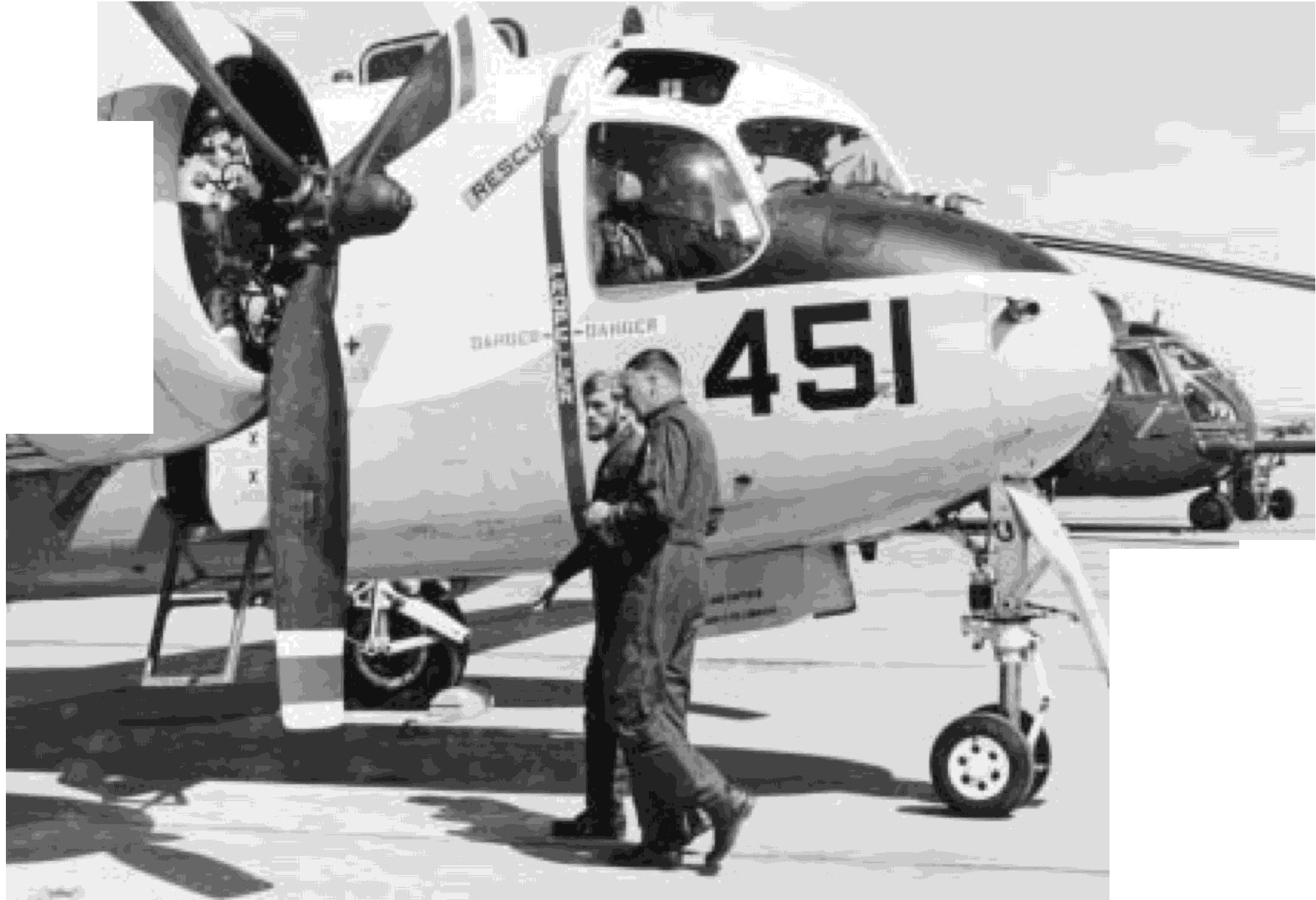
332
UNITED STATES NAVAL AVIATION
1910-1995
1981-Continued
Admiral John H. Towers; Eugene B. Ely; Lieutenant
Colonel Alfred A. Cunningham; Rear Admiral Richard
E. Byrd, Jr.; Commander Theodore G. Ellyson; Glenn
H. Curtiss; Vice Admiral Patrick N. L. Bellinger; Rear
Admiral William A. Moffett; Rear Admiral Albert C.
Read; Lieutenant Commander Godfrey deC. Chevalier;
Captain Holden C. Richardson; and Warrant Officer
Floyd Bennett.
6 January
The LAMPS MK III ASW system went to
sea for the first time. Off the northeastern coast of
Florida, the SH-60B Seahawk landed aboard
McInerney
(FFG 8) underway by using the new RAST
gear. RAST was designed to recover a helicopter in
seas with ship movements up to a 28 degree roll, 5
degrees of pitch and heaving of 15 feet per second.
The primary mission of the SH-60B was antisubmarine
warfare. It also provided surveillance and targeting
information on surface vessels, performed search and
rescue (SAR) operations and was used for vertical
replenishment and gunfire support.
10 January
Aircraft from the naval stations at
Guantanamo Bay, Cuba, and Roosevelt Roads, P.R.,
responded to a request by the Jamaican government
for assistance in fighting a fuel oil storage tank fire in
the Montego Bay area. The aircraft flew in fire fighters,
equipment and light water.
-'
\
15 January
A
Tomahawk cruise missile was
launched from the submerged submarine
Guitarro
(SSN 665) off the California coast and impacted the
target at a range of more than 100 miles. The test was
repeated six days later with the same results. In anoth-
er test conducted on 20 March, the missile hit the tar-
get at a range of more than 200 miles. These tests suc-
cessfully demonstrated the Tomahawk's capability to
search for, locate and attack a target at sea.
20 January
Iran released 52 Americans who had
been held hostage since 4 November 1979, when the
American Embassy in Tehran was seized. Twelve
members of the hostage group were active duty Navy
and Marine Corps personnel. Commander Don A.
Sharer was the only member of the group from the
Naval Aviation community. A Naval Flight Officer, he
was a naval advisor at the time of the embassy
takeover and the senior member of the Navy and
Marine Corps hostages.
31 January
The era of Enlisted Naval Aviators came
to a close when the last enlisted pilot, Master Chief
Robert K. Jones, retired after 38 years of naval service.
Enlisted pilots had performed their duties for over 61
years as Naval Aviators on combat missions, as trans-
port pilots and as instructors. The program for Enlisted
Naval Aviators officially ended in 1947.
Master Chief Air
Controlman
Robert K. Jones
(right foreground)
conducts a pre-
flight check of a
US-2B Tracker.
J
 |
2 |
 |